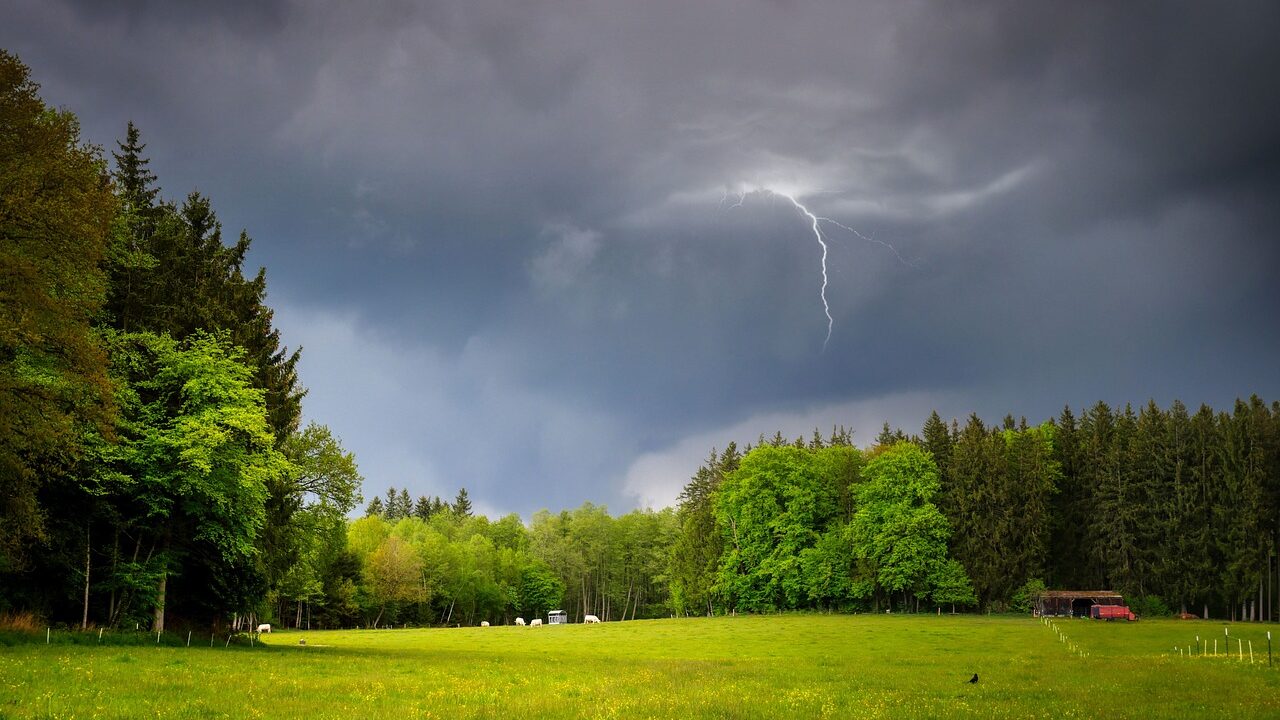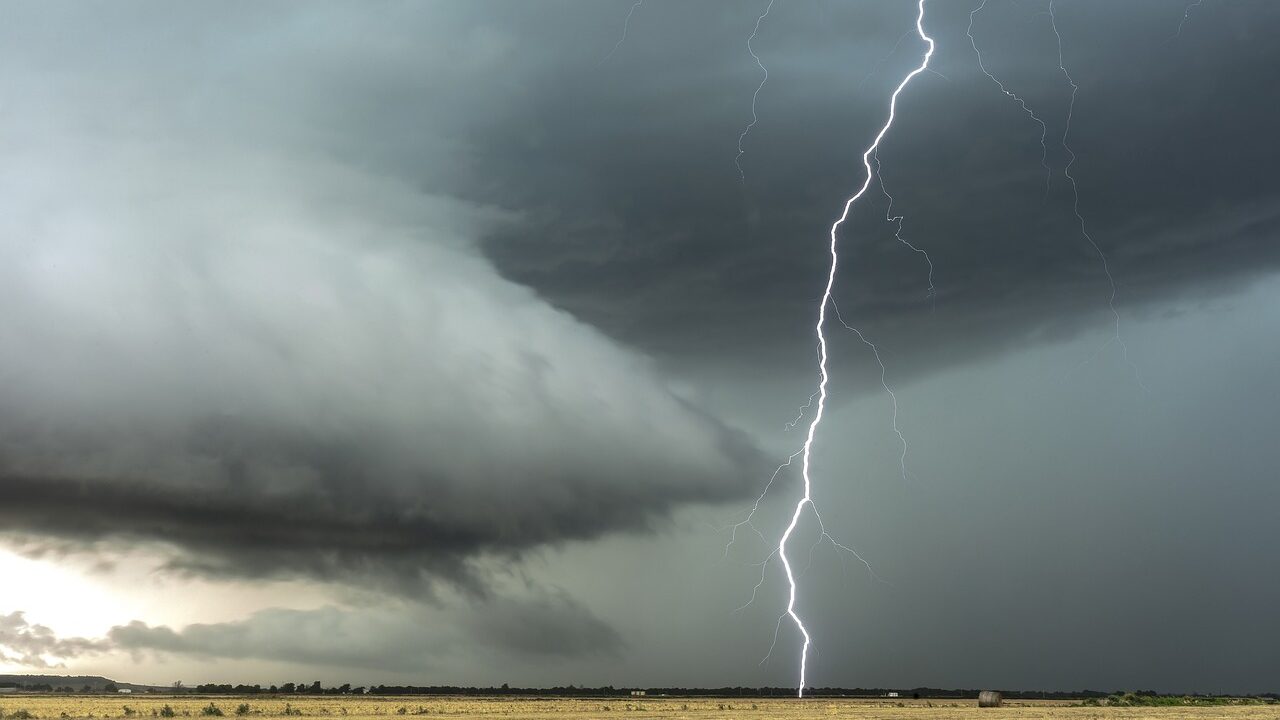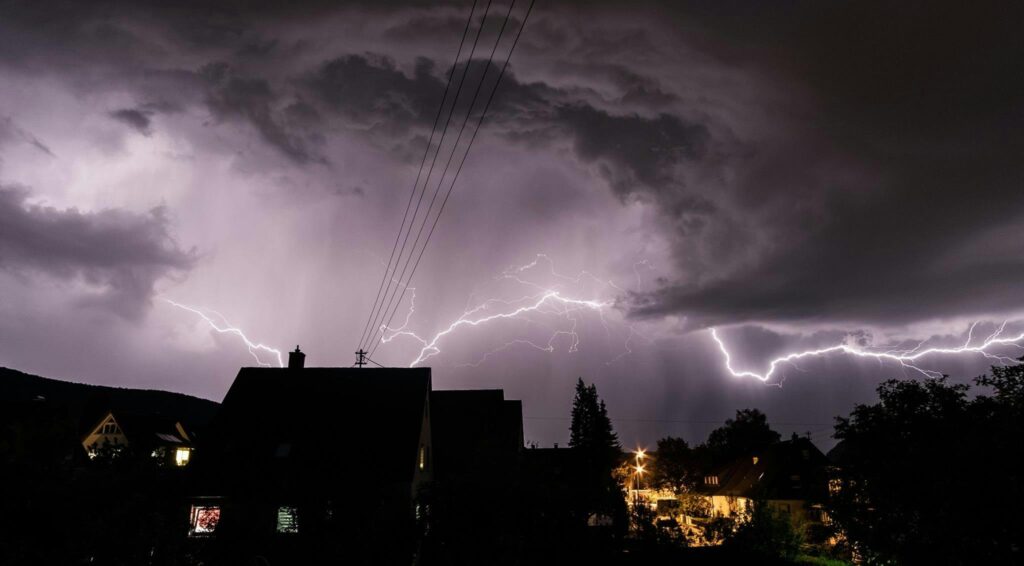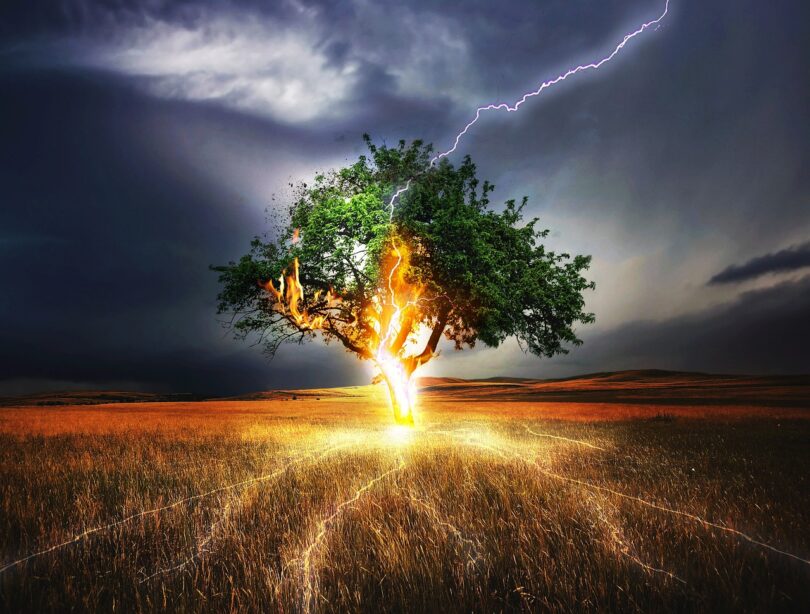What Causes Lightning and Thunder?

Lightning and thunder are two of nature’s most powerful and awe-inspiring phenomena, often seen during thunderstorms. While they may seem like simple weather events, they are the result of complex atmospheric conditions that can be both beautiful and terrifying.
The Science Behind Lightning

Lightning occurs when there is a difference in electrical charge between the atmosphere and the earth’s surface. In a thunderstorm, the movement of air within the cloud causes a build-up of electrical charges. The top of the cloud becomes positively charged, while the bottom becomes negatively charged. When this charge difference becomes large enough, it causes a discharge of electricity — lightning. This discharge can occur between clouds, from a cloud to the ground, or even between different parts of the same cloud.
Thunder: The Sound of Lightning

Thunder, on the other hand, is the sound produced by the rapid expansion and contraction of air heated by the lightning bolt. The extreme heat from the lightning causes the surrounding air to expand quickly, creating a shockwave that we hear as thunder. Thunder travels slower than light, which is why we often see the flash of lightning before hearing the sound.
Lightning Safety Tips
Given the dangers associated with lightning, it’s crucial to know how to stay safe during a storm. Here are some essential safety tips to follow:
- Seek Shelter Indoors: The safest place to be during a lightning storm is inside a sturdy building or vehicle. Avoid standing near windows or doors.
- Avoid Open Fields and Tall Objects: Lightning is more likely to strike tall objects. Stay away from trees, poles, or towers, and avoid being the tallest point in an open area.
- Stay Away from Water: Water is an excellent conductor of electricity. Avoid swimming, bathing, or fishing during thunderstorms.
- Wait 30 Minutes: Wait at least 30 minutes after the last clap of thunder before going outside. Lightning can strike even after a storm seems to have passed.
How Deadly Can Lightning Be?
While lightning strikes may seem like a distant, inconsequential phenomenon, they can be incredibly deadly. Here’s how dangerous they can be:
- Direct Strike: A direct lightning strike can be fatal. The electricity travels through the body, often causing cardiac arrest, severe burns, or internal damage. Even if a person survives, they may suffer long-term health issues.
- Side Flash: Lightning can also jump from a nearby object to a person standing nearby. Although it’s less likely than a direct strike, side flashes can cause serious injuries, including burns or heart problems.
- Ground Current: When lightning strikes the ground, the electrical current spreads out. A person standing close by can be affected by this current, which can cause shock, burns, or heart failure. The effect can extend up to 100 feet from the strike point.
- Lightning-Induced Fires: Lightning can ignite fires, especially in forests or structures with flammable materials. These fires can cause fatalities, particularly in rural or wooded areas.
- Cardiac Arrest: One of the most serious risks of lightning strikes is sudden cardiac arrest. The electricity can disrupt the heart’s rhythm, stopping it entirely. Immediate medical intervention is critical for survival.
- Neurological Damage: Survivors of lightning strikes may experience long-term neurological problems, such as memory loss, difficulty concentrating, or motor control issues. These effects can be permanent.
Lightning and thunder are natural wonders, but they also remind us of the incredible power of nature. By understanding what causes these phenomena and taking the right safety precautions, we can better protect ourselves during storms. Always stay informed about weather conditions, and never underestimate the danger of lightning.









